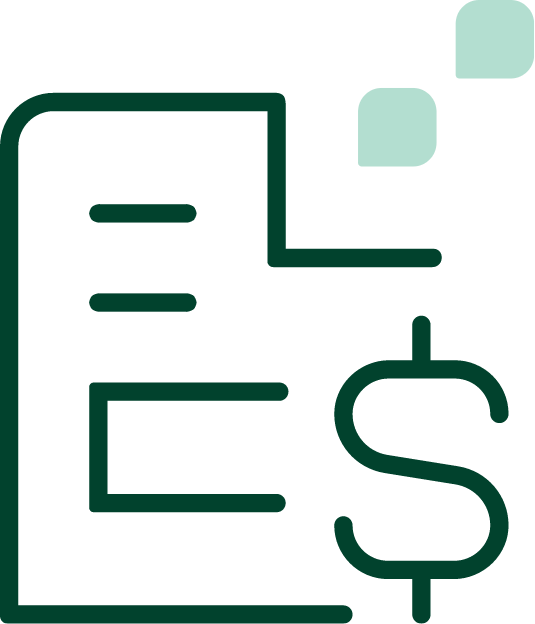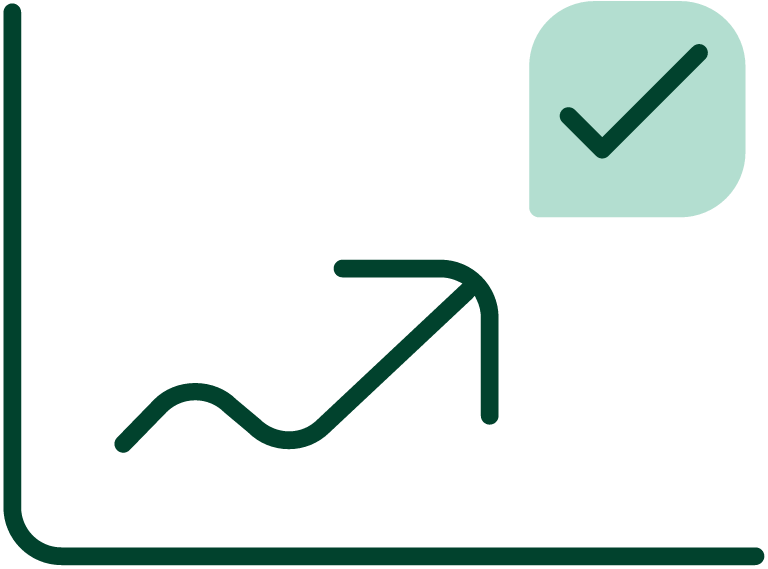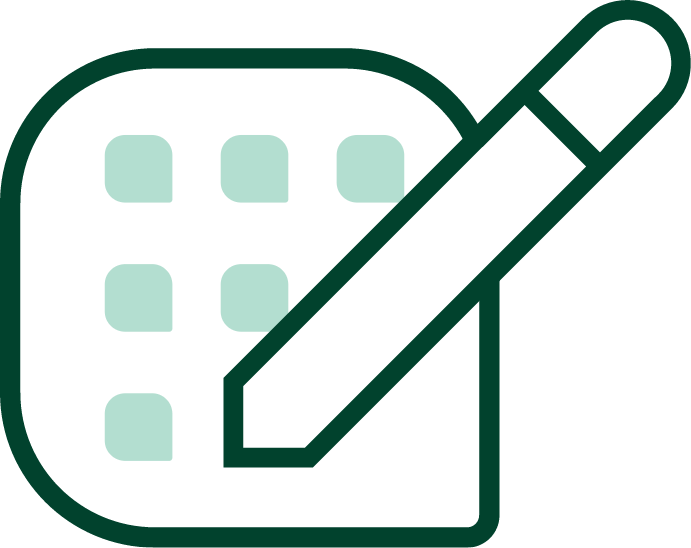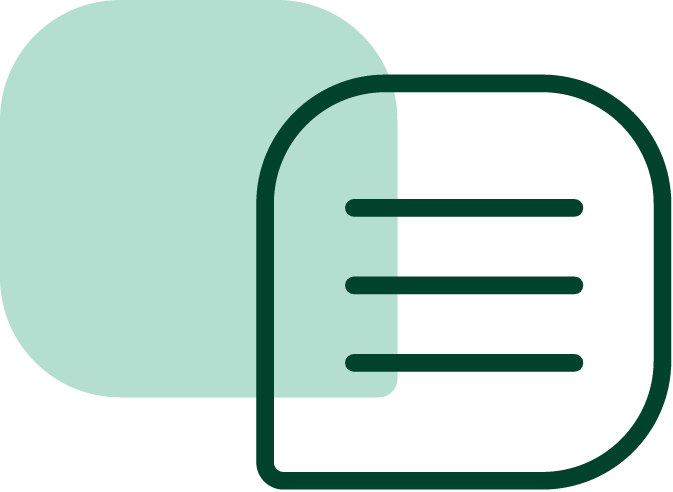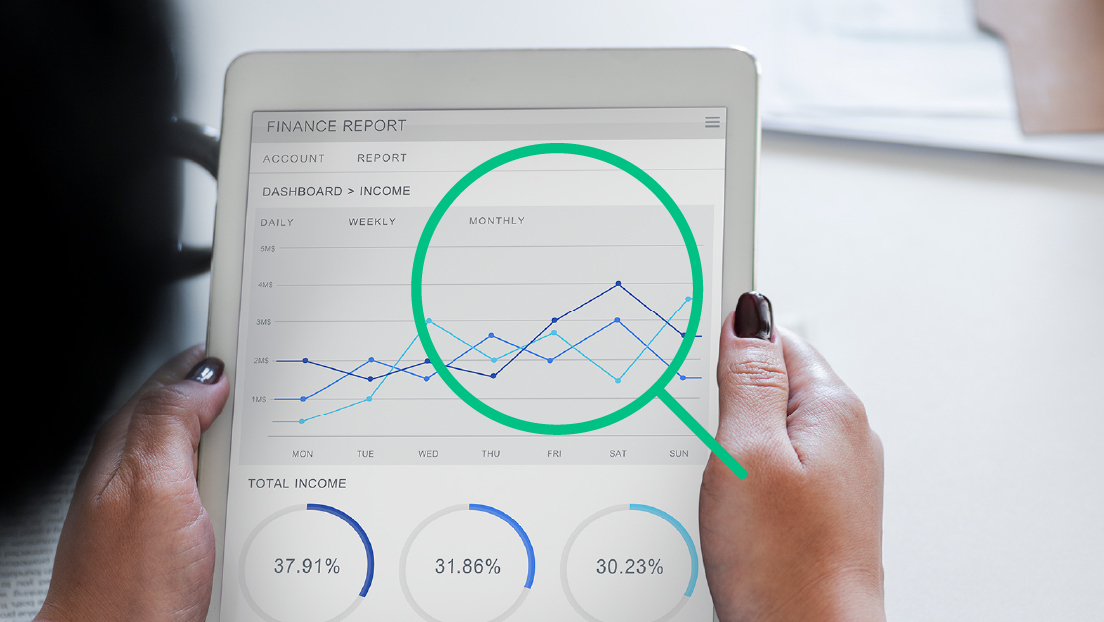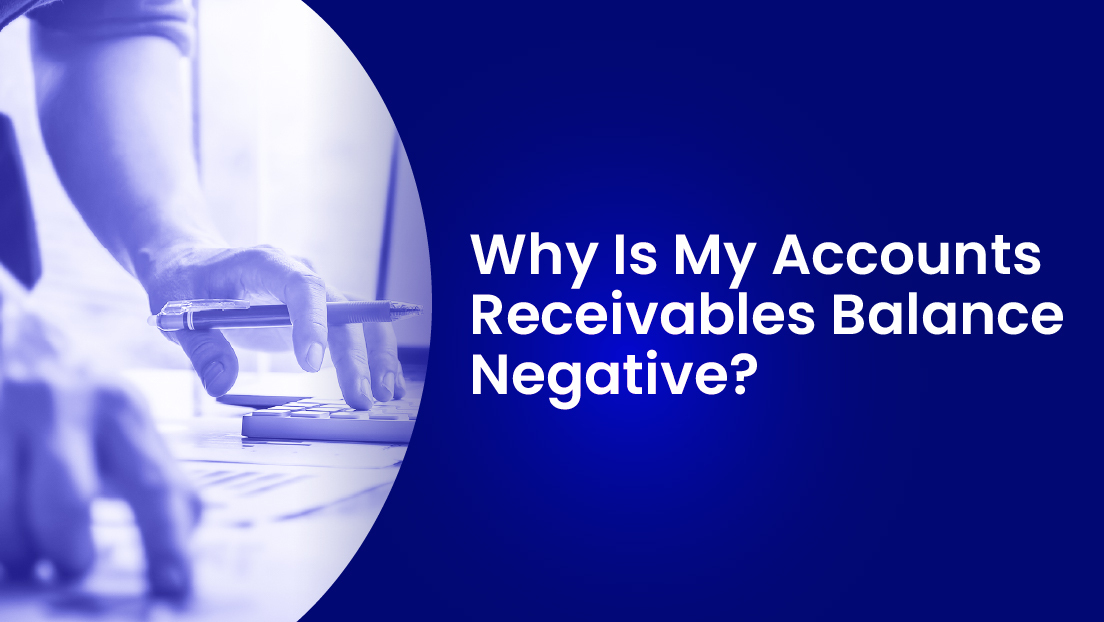Extending credit to customers is a common way of doing business. Often, these customers are other companies, but consumer-level business credit does exist. For example, law firms can provide payment plans for clients facing criminal charges or phone manufacturers might extend credit to buyers.
When people or businesses fail to make on-time payments or stop making payments altogether, then the accounts receivable team sends a dunning notice to encourage payment.
What Is a Dunning Notice?
Also known as a dunning letter, this refers to a message sent to encourage customers to pay. These messages generally start out neutral and friendly and then become sterner as time goes by. In the past, these messages took the form of actual letters, but modern businesses use many different forms:
- Emails: Emails are the most common form of sending out these letters and they may include links to pay the bill or submit a response. B2B companies are more likely to use email.
- Phonecalls: Sometimes the creditor may call the customer to encourage payment. This becomes an especially likely occurrence when payments are about to go to collections.
- Physical notices: Some organizations that use electronic mediums might still send out a physical letter to the known address. Utility companies and medical offices often do this.
- Push notifications: If the company uses an app system with notifications enabled, it can send a reminder to the customer that the bill is due or past due. Phone companies tend to do this.
- Text messages: Companies often send an SMS warning to customers when the bill is past due. Storage companies often start their dunning letter strategy off this way.
What Is the Dunning Process?
There is no established process that all businesses can copy and paste into their collections’ procedures. However, there are some general steps that can benefit any organization:
1. Identify Late Payments
The best time to remind customers their payment is late is as soon as possible. Consequently, companies need to complete regular or real-time calculations of past-due payments.
2. Determine Distribution Schedule
How many notices do you plan to send or at what interval? For example, some companies send a reminder every week over a 30-day period. Others might try to send one every thirty days over a 90-day period. You will also need to determine your cut-off point for writing off the invoice or selling it to a collection agency.
3. Create Dunning Templates
Create different templates to represent the different stages of requesting payment from the customer. Remember to gradually increase sternness and determine when to do so based on what you know about the customer.
4. Distribute Dunning Letters
When customers are late on payments, you can now begin the process of sending notices. Be sure to determine ahead of time which mediums you plan to use.
What Is a Dunning Management System?
Dunning management systems often rely on automated dunning processes. For example, the software would know what payments are late, who owes them money, how much the entity owes, when to send out payment and what template to use each time. These messages also usually contain information on how to settle the bill easily, such as clicking on a link to get the process started.
Automating the process can save the company time and money. It can also improve the likelihood of receiving payments in a more timely manner. This will improve the cash held in-hand by the business. That makes it easier for the business to meet its own financial obligations without taking on additional debt.
Some customers also respond more favorably to an automated system because they don’t feel personally targeted. It can help preserve relationships and improve transparency. It also increases a sense of fairness because customers realize everyone receives the same messages for the same triggers.
How Can Gaviti Automate Dunning Processes?
We created Gaviti with one main goal: to make it easier for our clients to collect money from their customers. Gaviti software tools make it easy for companies to create, organize and deploy a superior dunning strategy that leads to lower balances and fewer written-off debts. Our clients benefit from real-time performance metrics, payment forecasting and faster invoice payments.
Schedule a demo to see how.

